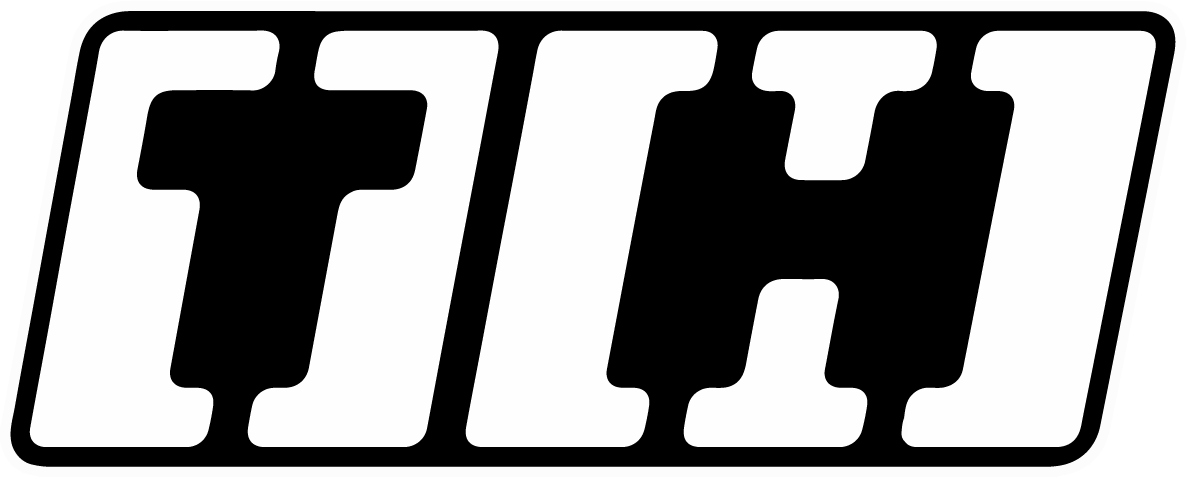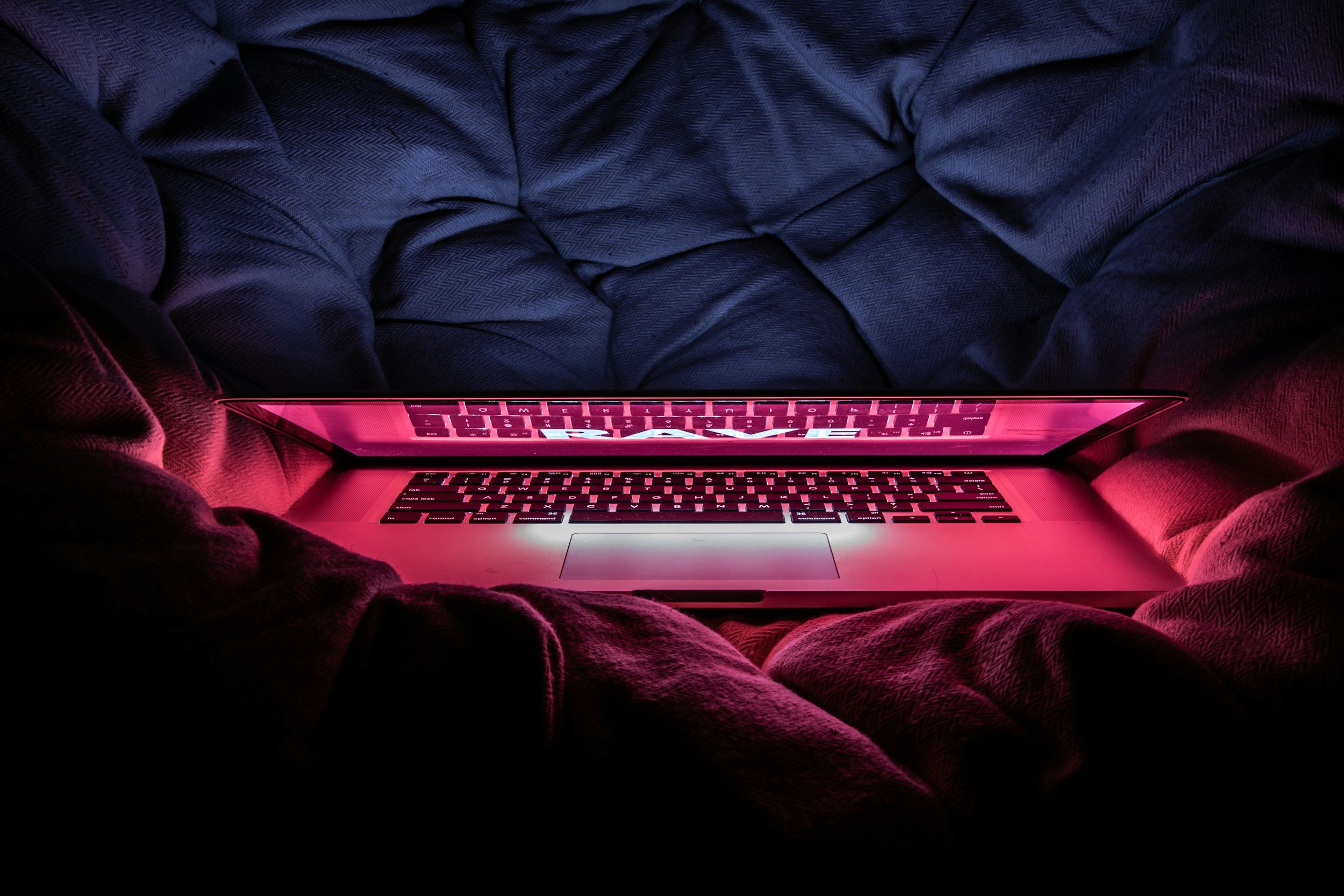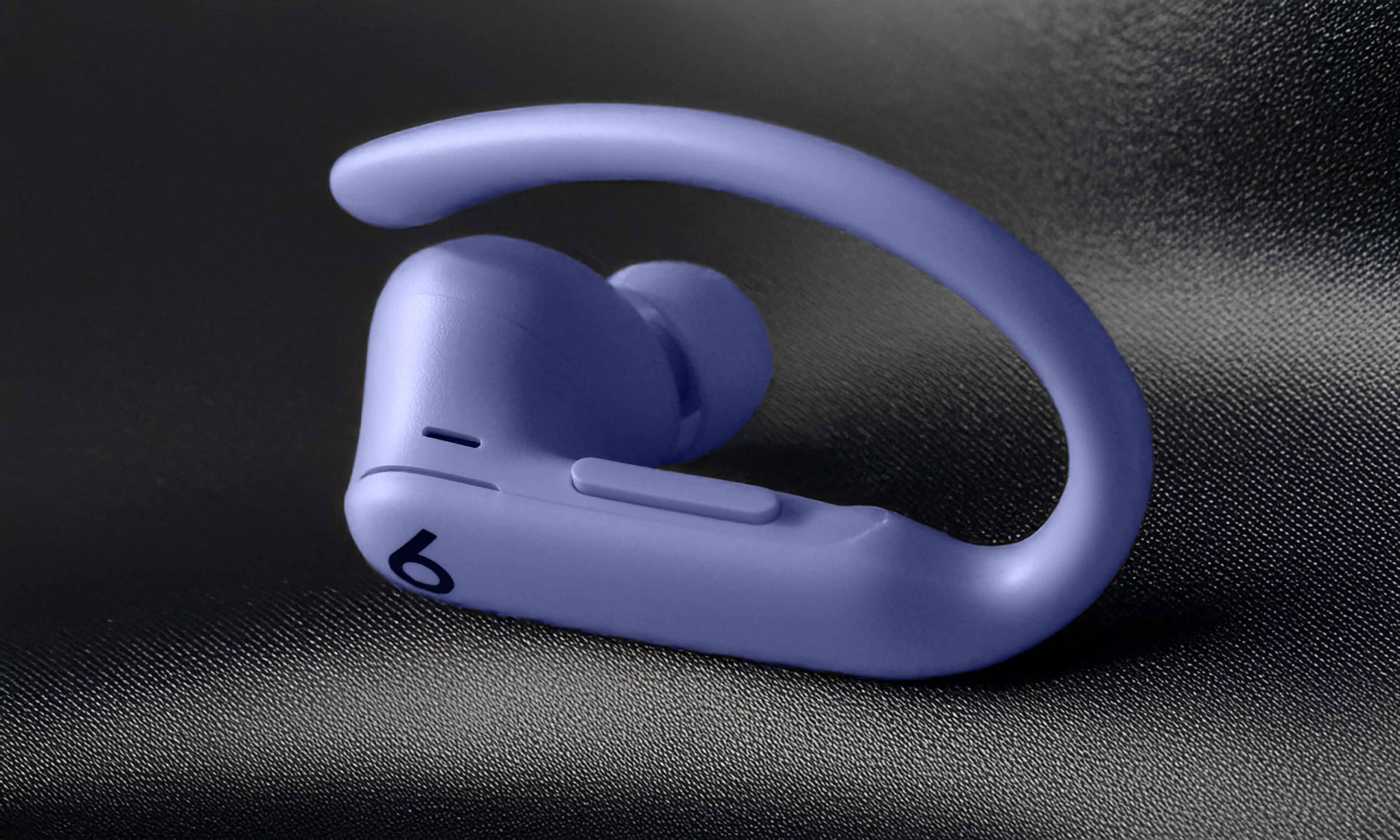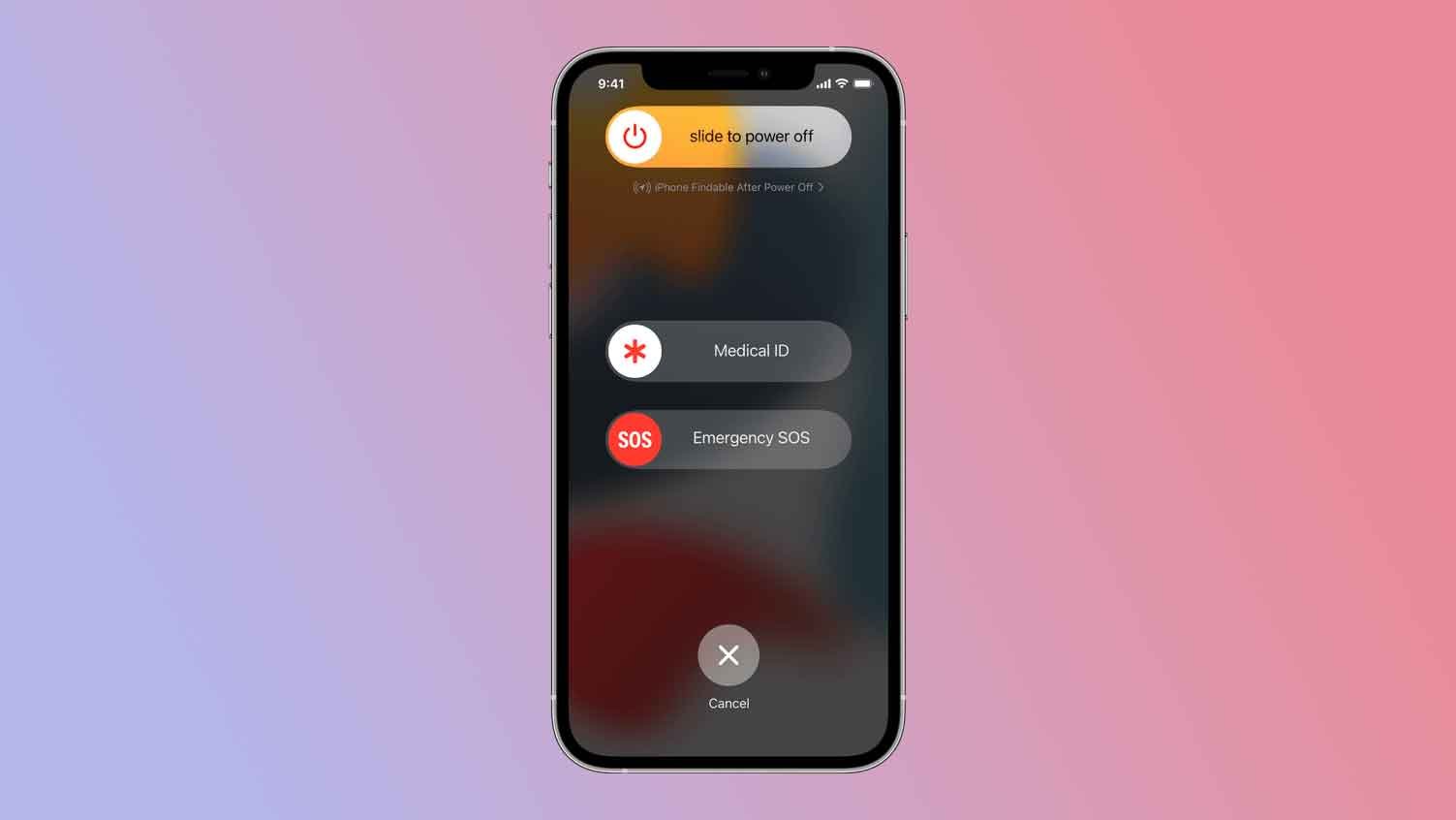How to Clean a MacBook Screen
When you purchase through links on my site, I may earn an affiliate commission. Here’s how it works.
Table of Contents Show
We spend hours staring at our MacBook screens – editing videos, browsing the web, binging Netflix – the last thing you want is a layer of grime obscuring your view.
Think about it: dust and fingerprints don't just look bad, they can actually impact image quality, making colors appear dull and details less sharp. Plus, over time, that buildup can even cause minor scratches or damage to the delicate screen coating. Nobody wants that.
So, what are we dealing with? Well, the usual suspects: fingerprints (especially if you're snacking while working...guilty!), dust that seems to magically appear out of nowhere, maybe even some coffee splatters if you're having a particularly rough morning. All of these can make your once-beautiful screen look like a neglected whiteboard.
But don't worry, cleaning your MacBook screen isn't rocket science. It's a simple process that requires just a few tools and a little bit of care. We're going to walk through it step-by-step, making sure you have all the info you need to get that screen sparkling again.
We'll cover everything from the right cleaning supplies to the actual wiping technique, and even some tips to prevent future messes.
By the end of this, you'll be able to enjoy your MacBook's display in all its glory, free from distractions and smudges. Let's get started!
1. Gather Your Cleaning Supplies
Okay, let's gather our cleaning arsenal. The good news is, you don't need any fancy or expensive solutions to get this done. We're keeping it simple and effective.
This is your go-to tool. Microfiber is key here because it's lint-free. You don't want to be swapping out dust for tiny fibers that'll drive you crazy later. If you don't have one on hand, grab one from Amazon, an electronics store or even your local eyeglasses shop – they usually have high-quality ones.
Plain old distilled water is your main cleaning agent. It's pure and won't leave any mineral deposits behind, unlike tap water. You can usually find it on Amazon or in the grocery store, often near the bottled water.
WHOOSH! Screen Cleaner (Apple’s Choice)
Now, if you want to go the extra mile and use what Apple themselves use in their stores, there's WHOOSH! Screen Shine. It's a specially formulated cleaner that's designed to be safe and effective on all Apple displays. It comes with a microfiber cloth, so you're all set.
While distilled water and a microfiber cloth will do the trick for most cleaning needs, WHOOSH! is a great option if you want that extra peace of mind or if you're dealing with particularly stubborn grime. It's also a good choice if you clean your screen frequently and want a dedicated solution.
70 % Isopropyl Alcohol (Optional)
If you've got some stubborn fingerprints or smudges that water just can't handle, 70 % isopropyl alcohol is your backup and even recommended by Apple. It's strong enough to cut through grease but gentle enough not to damage your screen... as long as you use it sparingly. We'll talk more about that later.
Compressed Air Canister (Optional)
If your screen's looking like a dust magnet, a compressed air canister can help blast those particles away before you start wiping. It's especially useful if you've got dust trapped in the corners or around the edges of the screen.
Cotton Swabs (Optional)
For those hard-to-reach spots like the corners and edges of the screen, cotton swabs can come in handy. Just make sure they're clean and don't have any loose fibers that could get stuck on your screen.
Avoid These Cleaners!
Now, let's talk about what not to use. Some common household cleaners can actually do more harm than good. Things like ammonia-based window cleaners, or even just soapy water, can strip away the protective coating on your MacBook's screen. That coating is there for a reason – it helps reduce glare and resist fingerprints.
So, let's keep it simple and safe. Stick to the tools I've mentioned, and your MacBook screen will thank you. Up next, we'll get your laptop prepped for cleaning.
2. Prepare Your MacBook for Cleaning
Alright, before we start wiping down that screen, let's make sure your MacBook is prepped and ready.
1. Power Off and Unplug
This might seem obvious, but it's worth emphasizing: turn off your MacBook completely and unplug it from the power outlet. We're dealing with liquids here, even if it's just a bit of water or cleaning solution, and you do not want to risk an electrical shock. It's not just about protecting your laptop but about protecting yourself.
2. Keep the Lid Open, but Tilt It Back
Tilt the screen back to a comfortable angle. This will give you good access to the display while also preventing any liquid from dripping down onto the keyboard or trackpad.
Once you've completed these two simple steps, you're ready to move on to the actual cleaning process.
3. How to Clean a MacBook Air & MacBook Pro Screen
Now comes the satisfying part: actually cleaning the screen. Let's break it down step by step.
Dust Removal (Optional)
If you see any dust or loose particles on the screen, let's get rid of those first. Grab your compressed air canister and hold it at an angle, about six inches away from the screen. Give it a few short bursts, moving across the screen to dislodge any dust.
Please keep in mind that gentle is the key here. We're not trying to blast the dust off, just encourage it to move along.
Dampen the Microfiber Cloth
Now, take your microfiber cloth and dampen it with a small amount of distilled water. You don't want it soaking wet, just slightly damp. Too much water can seep into the edges of the screen or even damage the internal components.
If you're using WHOOSH!, a couple of sprays on the cloth should do the trick.
Wipe the Screen
With your damp microfiber cloth, start wiping the screen in a back-and-forth motion, from top to bottom. Use light pressure – let the cloth do the work. You'll be surprised how much grime comes off with just a gentle touch.
If you encounter any stubborn spots, resist the urge to scrub. We'll deal with those in the next step.
Tackle Stubborn Stains (Optional)
If you've got fingerprints or smudges that are putting up a fight, it's time to bring in the 70 % isopropyl alcohol. Dampen a cotton swab with a tiny bit of alcohol and gently rub the affected area.
Be careful not to use too much alcohol, and avoid getting any liquid near the edges of the screen.
Dry the Screen
Finally, grab a dry microfiber cloth and give the screen a final wipe to remove any remaining moisture. Make sure it's completely dry before you close the lid or start using your MacBook again.
And that's it! Your MacBook screen should now be looking as good as new.
4. Additional Tips for Keeping Your MacBook Screen Clean
Alright, now that you've mastered the cleaning process, let's talk about some extra tips and precautions to keep that MacBook screen looking its best for the long haul.
Regular Cleaning
Prevention is always better than cure. Make it a habit to give your screen a quick wipe-down every few weeks, even if it doesn't look particularly dirty. This will prevent dust and grime from building up over time, making those deep cleans less frequent and less of a chore.
Mind Your Environment
Where you keep your MacBook can make a big difference. If it's constantly exposed to dust, pet hair, or high humidity, you'll probably find yourself cleaning the screen more often.
So, try to keep it in a relatively clean and dry environment whenever possible. If you're working in a particularly dusty area, consider closing the lid when you're not using your laptop.
If you're really serious about protecting your screen, a screen protector is worth considering. It's a thin, transparent film that adheres to your screen, providing an extra layer of defense against scratches and smudges.
While it won't make your screen invincible, it can definitely help minimize damage from everyday wear and tear. Just make sure you get a high-quality protector that's designed specifically for your MacBook model.
Wrap Up
We've covered a lot, but the takeaway is simple: keeping your MacBook screen clean is essential for the best possible viewing experience and the longevity of your device. A clean screen means better image quality, less eye strain, and a happier, more productive you.
And the best part? It's easy to do. With just a few basic supplies and a little bit of care, you can keep that screen looking like new. Eventually, it's all about using the right tools, avoiding harsh chemicals, and being gentle with your display.
So, go ahead and give your MacBook screen some love. I guarantee you'll notice the difference. And if you have any questions, tips, or cleaning horror stories (we've all been there), feel free to drop them in the comments below. I always love hearing from you guys. :)
Also, if you're into all things tech, make sure you subscribe to my newsletter. I've got reviews, tutorials, and all the latest tech news delivered straight to your inbox.
Thanks a lot for reading, and happy cleaning!
FAQ
-
It's best to avoid tap water, as it can contain minerals that leave streaks or spots on your screen. Distilled water is the safest option.
-
In a pinch, you can use filtered or bottled water, but make sure it's clean and free of any additives.
-
No, paper towels and tissues can be abrasive and leave scratches on your screen. Stick to a microfiber cloth for gentle cleaning.
-
It's a good idea to clean your screen every few weeks to prevent dust and grime buildup. If you use your MacBook in a dusty or humid environment, you may need to clean it more frequently.
-
Immediately power off your MacBook and unplug it. Gently wipe away the liquid with a dry, absorbent cloth. If the spill is significant, seek professional help to avoid further damage.
-
Yes, a screen protector can provide an extra layer of protection against scratches and smudges. Make sure you choose a high-quality protector that's designed specifically for your MacBook model.
-
Yes, the cleaning methods described in this guide are generally safe for other Apple displays, such as iMacs and external monitors. However, it's always a good idea to check Apple's official cleaning guidelines for specific instructions.
MOST POPULAR
LATEST ARTICLES





























